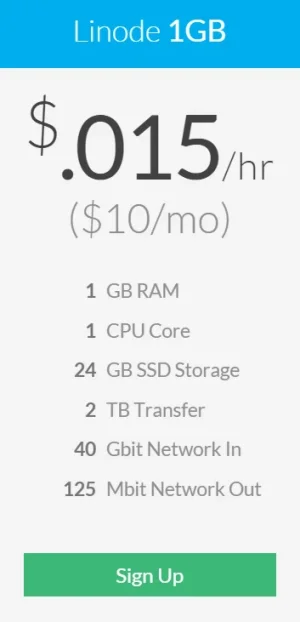Maybe linode also gives you access to 8GB Ram but you have to share it lol.
Seriously, I am with the largest cloud now and it provides me with dedicated resources like 1 cpu core, 1 gb ram. I don't have to share them, but these resources are somewhat "cloudy" meaning they might disappear from time to time

It's a totally different system when you are in the cloud or rent your own server. I think both is really good. I had a nice server before, 64 GB RAM, 12 Cores and honestly this was totally overkill.
Edit: I think you want to say that linodes actually gives the customer one full cpu core. I read it first that linode gives you a core, but you might share it with another customer

You probably should learn how virtualization software works.
You aren't getting 1 full core.
The virtualization software just doesn't work like that.
Your VPS creates threads.
Those threads are placed on a vcore.
The underlying virtualization platform sees the whole vcore as a thread, and uses the cpu scheduler to place the various threads on whatever core it feels is most useful for the job based off load on other threads.
The reason why you don't lock is because cores are hyperthreaded. Because of hyperthreading, if they do lock, they're losing 1/3rd of the total capacity of the box.
There are 40 logical cores on a linode box, with 20 physical cores.
If they only allowed 20 vcores, the other 20 logical cores would be wasted.
It's not financially reasonable. They have to maintain a network (hundreds of gigabit here), have support staff, have a security team, and you want a 100% dedicated to you core.
Not gonna work at low price tags.
http://ark.intel.com/products/75277/Intel-Xeon-Processor-E5-2680-v2-25M-Cache-2_80-GHz
They have 2 of these per box.
A linode server probably costs about 8000$ (including 40gbit adapters), and that doesn't even count the rest of the datacenter. You want them to charge 200 a month per box? Not gonna work.
Until you need to exceed their 40$ plan, linode is the fastest host around for the money

